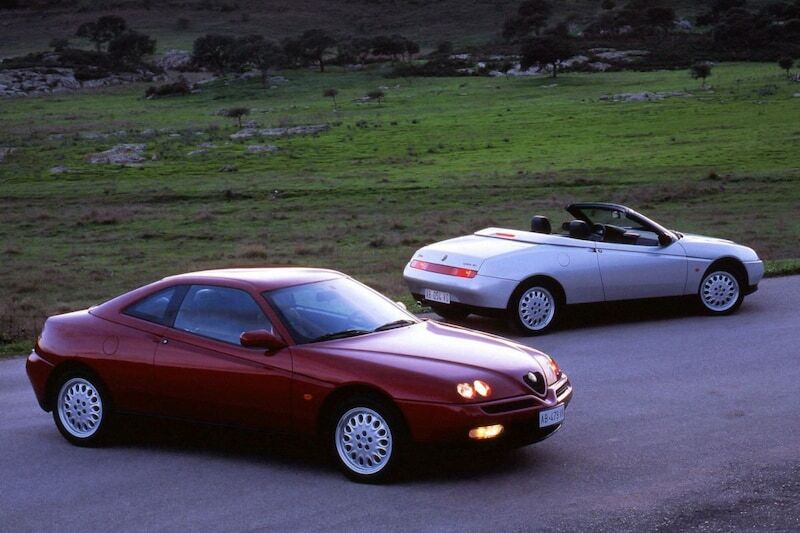
The “Top Year” section will look back thirty years to 1995 in 2025. 1995 has gone down in the books as the year of legendary models such as the Alfa Romeo GTV, Peugeot 406, and BMW Z3. In this episode, the GTV and its convertible brother, the Spider, because Alfa Romeo effectively combined those two models.
What did the lead-up look like?
In the 90s, Alfa Romeo had completely merged into the Fiat concern, which meant it had to say goodbye to rear-wheel drive. Enthusiasts watched with tears in their eyes as the 75 made way for the Alfa Romeo 155, which was based on the Fiat Tipo platform, as the last rear-wheel drive. In the same year that the 75 was sent to the eternal scrap fields, it dragged the ancient Alfa Spider in its wake. That sympathetic open sports car dated back to the late 60s and had been tightened up again in 1990. That car was therefore succeeded by the new Alfa Romeo Spider, which debuted simultaneously with the new GTV in 1995. In fact, one was the open version and the GTV was the coupé. How was it again with the GTV before that? That was that very brutal coupé based on the Alfetta, which caused a sensation as the sportiest Alfa from the second half of the 70s and was also delivered as a thick GTV6 from 1981 to 1986. The new Spider and GTV therefore had to succeed two quite legendary Alfa’s, and that on the front-wheel drive platform of the 155! Despite the platform and the limited wheelbase, Pininfarina manages to make attractive, modern-looking sports cars. In 1991, the 164 Proteo already gave away style elements of the 916.
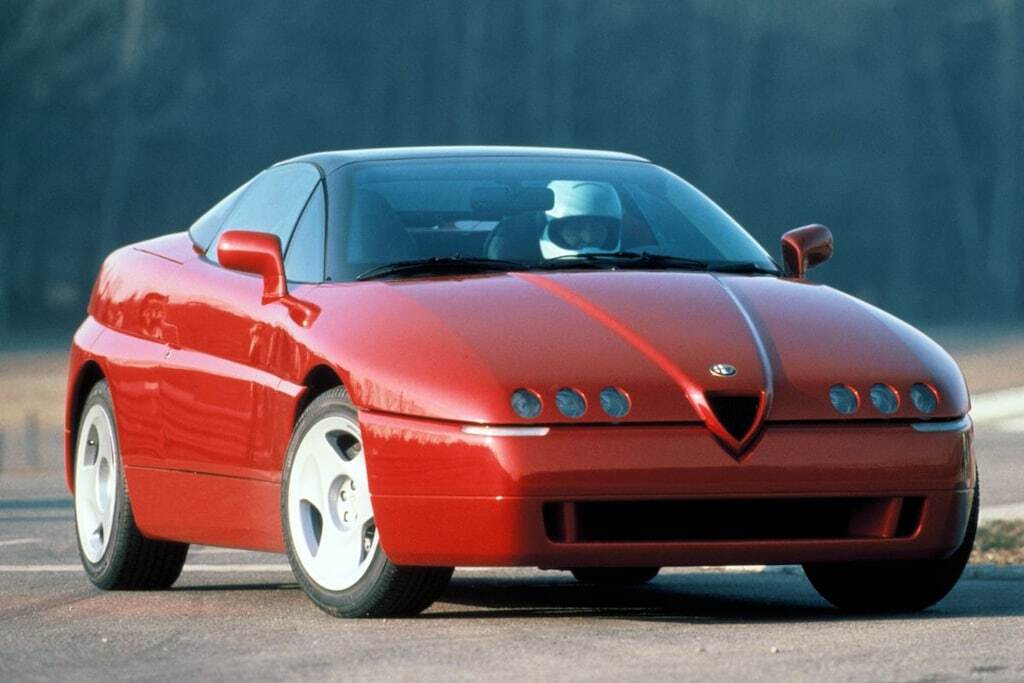
How was it received by the press and the public?
The public was given time to get used to the new styling, because Alfa Romeo already showed the GTV and Spider in September 1994 at the Paris Motor Show. It was half a year before the official presentation of the production versions took place at the Geneva Motor Show in March 1995. The new GTV and Spider made a huge impression with their appearance. They looked very modern and had completely different proportions than their legendary predecessors. Clearly a break with the past. They also had something extraterrestrial. Pininfarina did not choose to give the cars retro features, although the curve flowing from the hood with the small grille and the beautiful Alfa Romeo logo is a nod to the earlier Spider. AutoWeek drove the GTV and Spider for the first time in March 1995 during a press introduction in Italy. The colleague on duty who, in his article, mainly expressed his love for very early GTVs and Spiders, the models from the 60s and 70s, praises the sharpness of both cars, but at the same time mentions the surprising comfort they offer when you are done playing. “They are modern, sporty performing, yet comfortable, easy-to-drive cars that miraculously manage to undergo something of the old GTV feeling. That doesn’t really bring that famous sports coupé of yesteryear to life, but in the midst of the competition between 70 and 90 mille, its appearance, character and performance are intriguing enough to predict a great future for it now”, says Hans Veldhuis.
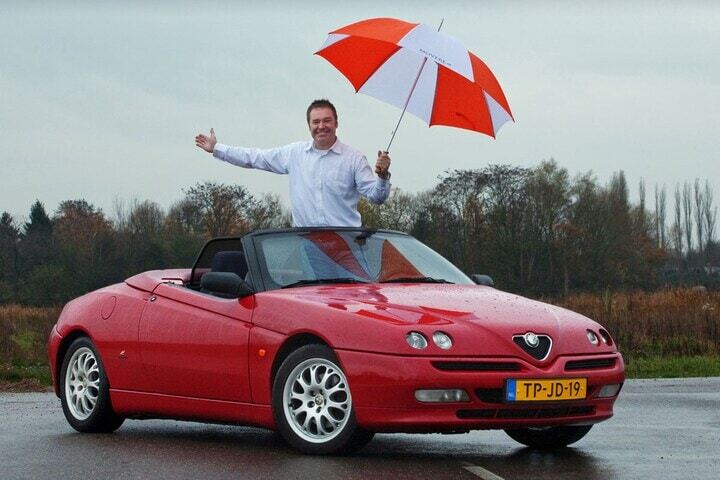
How revolutionary was it actually?
The multilink rear axle made of aluminum and the carbon fiber-reinforced hood made the GTV and Spider modern, but not revolutionary. They did drive really well, the story goes that the engineers had the Lotus Elan in mind during development, the roadster that was known as the best-steering front-wheel drive in the early 90s. The hood of the type 916, as Alfa enthusiasts call this generation Spider and GTV, had to be made of light material, because it consisted of one piece with the front side screens. The sharp fold that runs from the side upwards to the rear ensures that the GTV looks like the roof is a removable hardtop. The indentation is less noticeable on the Spider, the open version also has a lower rear than its closed brother. From a design technical point of view, both cars were quite remarkable in those days. In any case, it did not seem that certain beautiful design details had been sacrificed to keep production costs low. With the Spider, the folding soft top went under a cover plate, which benefited the drag coefficient, although it was still 0.38 for the Spider, significantly higher than the 0.33 that the GTV recorded in the wind tunnel. The step in the field of design was more remarkable than the technology, although the step from the Spider, which was discontinued in 1993, to the new one in 1995 was of course a gigantic gap that was bridged.
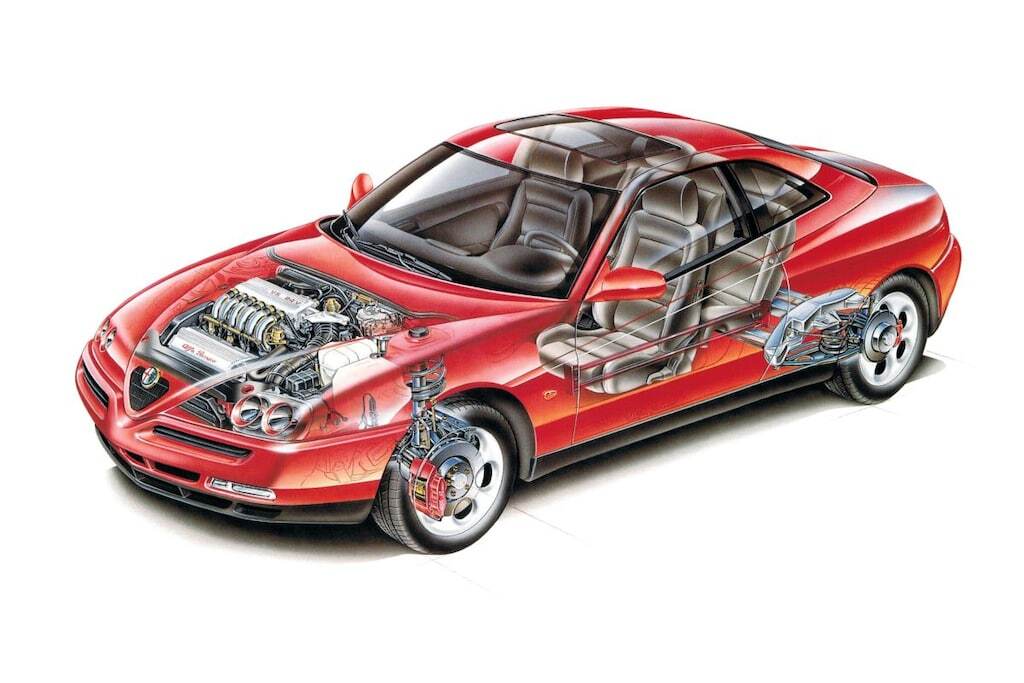
What were the choices at market launch?
Both the GTV and the Spider had the four-cylinder 2.0 TwinSpark with sixteen valves as the base engine. That was good for 150 hp. The six-cylinders that you could get from the start did differ. In the GTV that was a 2.0 with turbo, the Spider customers who wanted six cylinders got a 3-liter in the front. With 192 hp, that had 8 hp less than the GTV 2.0 V6 Turbo. There was a big price difference between the four-cylinder and the six-cylinder. With the closed Alfa, it was 10,000 guilders (more than €4,500) that customers had to cough up extra for the V6, with the Spider it even required an extra investment of fl. 13,500. The GTV and the Spider were about the same weight. The four-cylinder version of both weighed 1,370 kilos, the 3.0 V6 Spider was even ten kilos lighter than the GTV 2.0 V6 Turbo at 1,420 kilos. With the Spider, buyers could still set their sights on the extra luxuriously decorated Lusso. With the GTV that was only possible in combination with the four-cylinder engine.
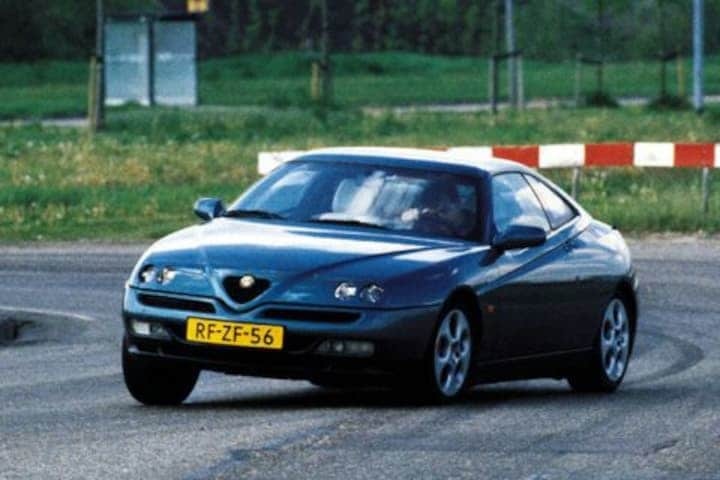
What were their competitors?
In the 90s there was a huge stream of fun cars, so the Alfa Romeos immediately had to deal with formidable opponents. Within the concern we must mention the Fiat Barchetta and the Fiat Coupé. The Barchetta was an open sports car based on the Punto, but that didn’t even make it a competitor for the entry-level Spider. However, the Coupé from Fiat was also available with thick five-cylinders, making it a rival to the fastest GTV. In those years, many brands had a sporty coupé in the range, but open sports cars were also popular. BMW came with the Z3 and a few years later the opposition became even fiercer with the arrival of the Audi TT. That debuted as a coupé, but also appeared as a TT Roadster in 1999. In the twilight years of the ‘916’ Spider and GTV they had to compete against the Nissan 350Z, which was available as a closed and open sports car.
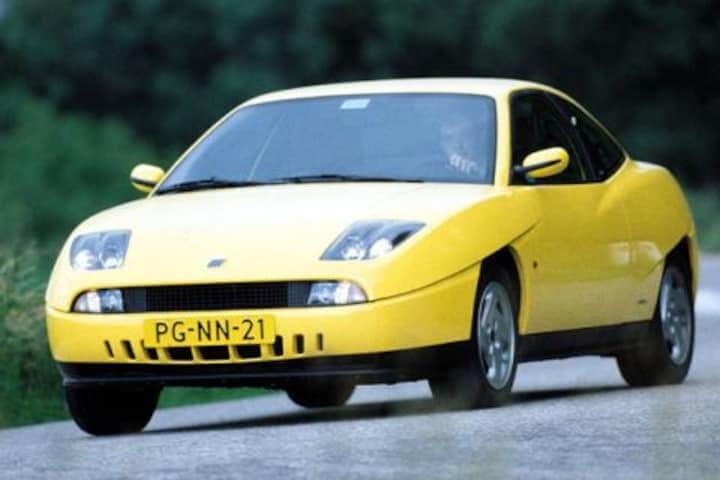
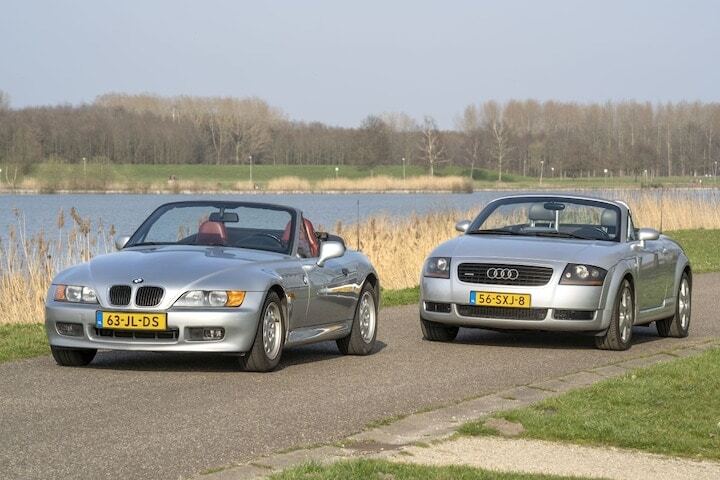
Any special features during its life cycle?
In 1998 Alfa Romeo added a new entry-level engine to the range, a 1.8 TwinSpark with 144 hp. That was the moment that the 2.0 got more power and delivered 155 hp. In that year, the 2.0-V6 turbo also became available in the Spider, although that variant did not reach the Dutch price lists. The engine ranges of both models never coincided. For example, the 3.0 V6 24V was only installed in the Spider in 2002, replacing the old twelve-valve, while the GTV already got the 3.0 24V in 1997, giving the model a choice of two six-cylinders. The highlight came in 2003 with the arrival of the 3.2-V6 24V that Alfa Romeo also delivered in the GTA versions of the 147 and 156. With that powerhouse, the GTV and Spider were really serious sports cars with fantastic performance in their twilight years. However, the striking appearance has also been refined over time. The beautiful 16-inch ‘telephone dial wheels’ debuted on the 24V. In 1997, some versions received a modified front bumper to reduce wind noise. In 1998, Alfa Romeo even carried out a major facelift, in which the grille was given a chrome frame and a modified instrument cluster and center console in the interior made the GTV and Spider more modern.
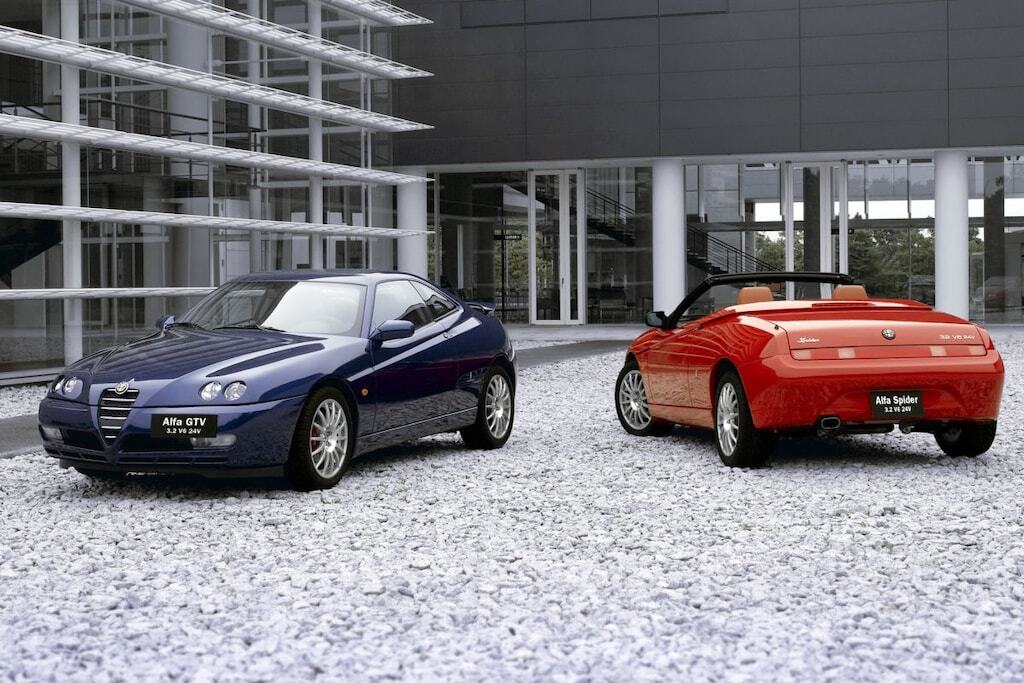
The last changes the models underwent in 2003. A nose that was more in line with the design of the 147 and the arrival of two new engines had to ensure that the GTV and Spider could last until the arrival of their successors, the Brera and the Spider based on it. The 2.2 with direct injection, the JTS, delivered 165 hp, the 3.2 from the GTAs 240 hp.
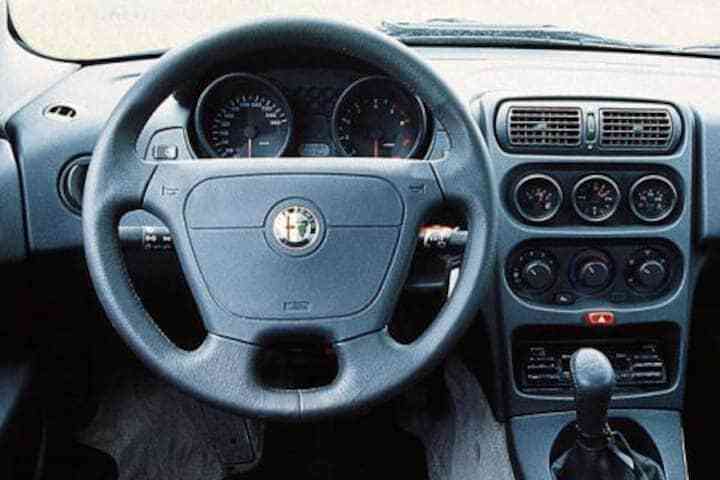
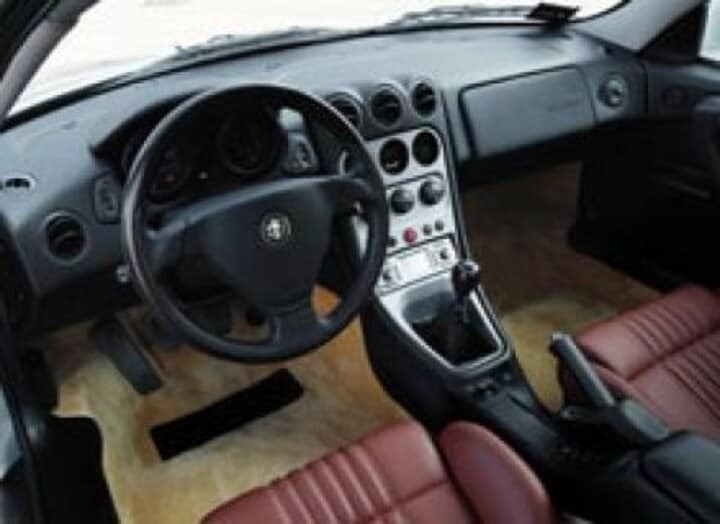
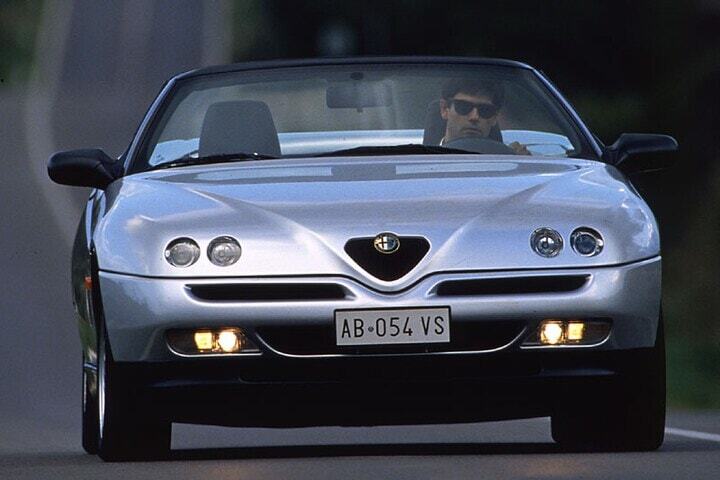
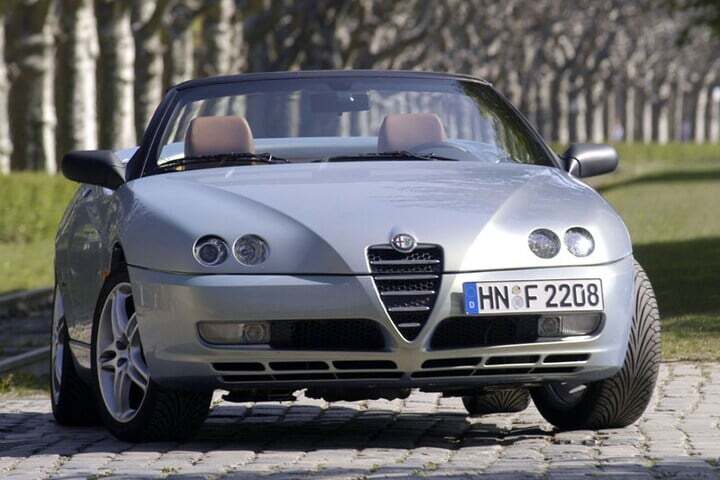
Which version appeals most to the imagination?
With such an outspoken design, we always like to go for the original, so for an early GTV or Spider. A GTV 3.0 24V with those beautiful telephone dial wheels can make our hearts beat faster. Then you drive with 220 hp and a wonderfully sounding V6 (Busso) in a very special car. Of course you get even more ecstatic with the later 3.2, because it has 20 hp more, but the larger 147-like grille detracts from the original design. A GTV or Spider of this generation appeals to us more than a Brera or the Spider based on it. They also had the wrong engines, the V6 with GM sub-block, for example, which Alfisti despise. We then go for a 3.0-V6 24V, but know that even with a 1.8 or 2.0 TwinSpark you still have such a typical, eager and enthusiastically sounding Alfa engine.
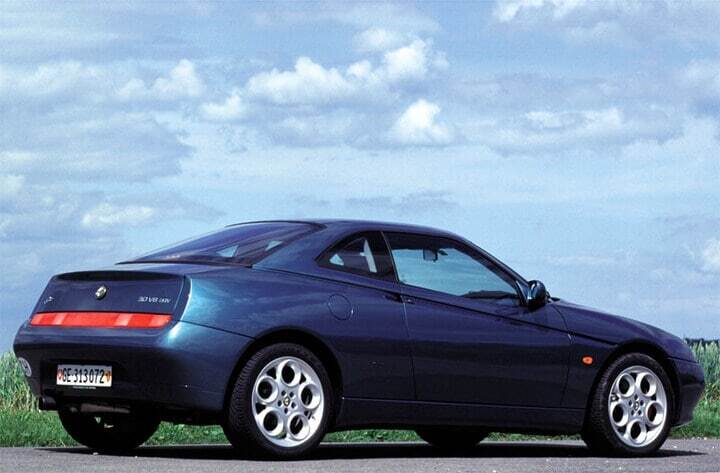
What has been the impact of this sporty duo?
The first impact was the greatest, because when you saw this GTV or Spider for the first time, it made an impression. You didn’t have to think they were beautiful, but they were special with their futuristic looks. They are typical representatives of those fun 90s. However, they have not been able to make people forget their legendary predecessors. An earlier GTV or Spider still makes the enthusiast’s heart beat faster than these, after all, thirty-year-old cars. When cars with such a ‘modern’ and certainly time-bound design are well on their way to classic age, you realize that you yourself are also getting older.
How many are still in the Netherlands?
According to Vinacles data, there are a total of 1,854 Spiders and GTVs in the Netherlands, divided over 1,340 Spiders and 514 GTVs.